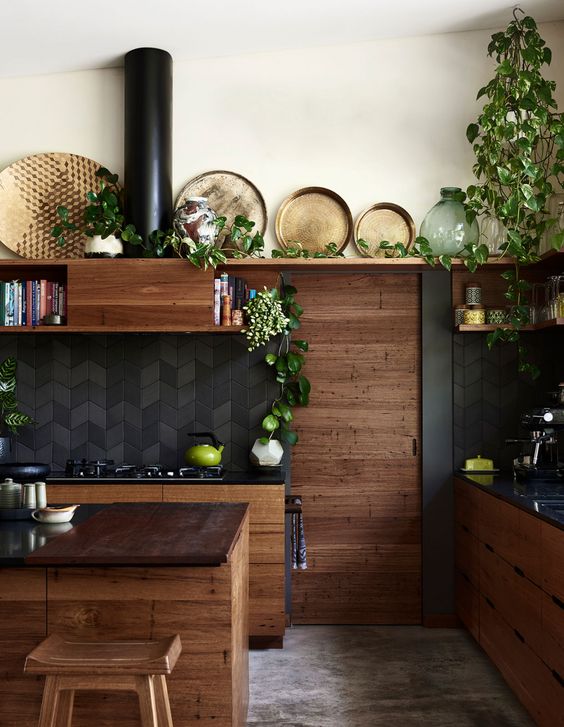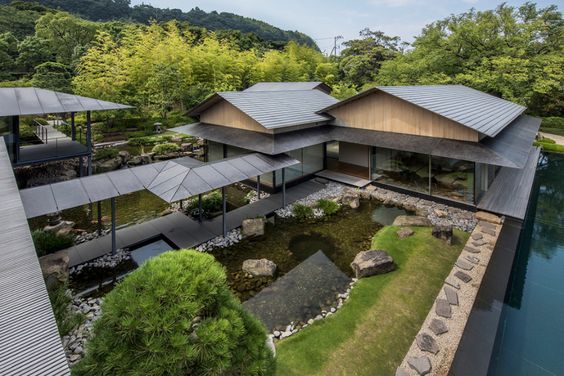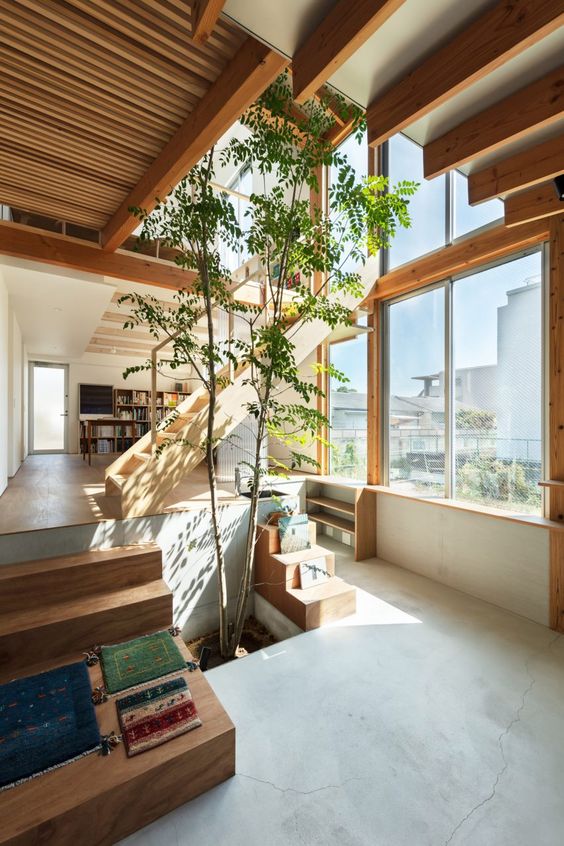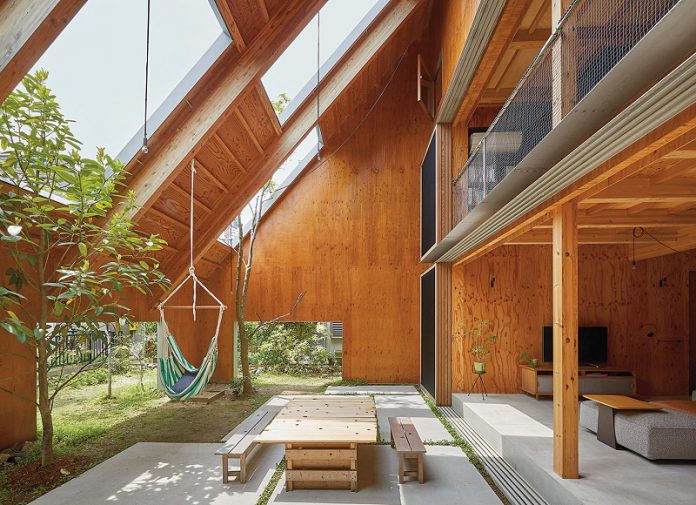Erlanggablog.com – Traditional Japanese homes are known, of course, to be what most people picture when they think about a traditional Japanese style home. There are a number of things that set them apart from other styles, however. For starters, traditional Japanese home decor is characterized by very few furnishings, decorations or objects, which make up the entire home. There is also minimal furniture; most tables and chairs are low to the floor, and beds and even couches are often not present.
Features Of Japanese Kitchen Design
The reason for this lack of furnishings is due to the fact that Japanese home design is largely dependent on space. Because of this, the home is designed to maximize space. This is most obvious in the kitchen. Most Japanese kitchens are one room or at the very least, only a few rooms above the kitchen. In a traditional Japanese home, you would find the main area for eating, the dining area, the living room or family room, the bedroom, and finally, the sliding doors leading to the exterior of the home.
In traditional Japanese homes, each of these rooms is built-in, which means that you do not have to pay extra money to have them outside. Another thing that sets Japanese homes apart from typical western homes is the fact that many of them are raised on foundations. Some of the houses are raised on cement slabs, others on stone blocks.

As you can see, the design concepts used in the construction of traditional Japanese home are very unique. On top of that, the use of wood and stone is uncommon in Japanese architecture. One of the main reasons for this is that there are no massive timber piles being used in the typical Japanese home. The use of timber is restricted to the roofs of the houses.
Japanese House Roof Design
As mentioned earlier, the roof of a Japanese house is one of its most important characteristics. In Japan, flat roofs are used, unlike western roofs which tend to have an odd shape. Usually sliding doors are included in the design of the roof of the house. This is a very striking feature that can really add class to a property’s exterior. There are two types of sliding doors in Japan, tsukubai and shikibuton.

As mentioned earlier, the roof of the Japanese home is one of its most important characteristics. In Japan, flat roofs are used, unlike their western counterpart which are more inclined to have wacky shapes. Usually, a sliding door is incorporated into the roof design of the house. It is a very striking feature that can really add class to the exterior of the property. There are two different types of sliding doors in Japan, the tsukubai and the shikibuton.
Japanese Traditional House Construction
In comparison to regular Japanese houses, the construction of traditional Japanese houses is less rigid. This is because they are built to be much lighter and also because of the materials that they are made from. For instance, many of the houses in Tokyo are built from wood. The reason behind this is that the city of Tokyo is known for experiencing hot, humid weather. Hence, a timber structure would be the best option when it comes to constructing houses.
The traditional Japanese houses usually have additional features such as a garden or a swimming pool. These are known as karesumae. Some of the homes may also include some office space. These include, small offices, day care centers and even some restaurants.

You will need to find a real estate agent who has knowledge and experience of the Japanese market. They can be contacted online or by traditional means such as newspaper advertisements. Before you finalize the purchase of your home in Japan, ensure that you are well aware of the price range and other important details of the home you are buying. There are many things to keep in mind when you are looking to buy a new home in Tokyo, or any other city for that matter. Hence, do not be afraid to consult with an experienced real estate agent in case you have any queries about your new home in Japan.







